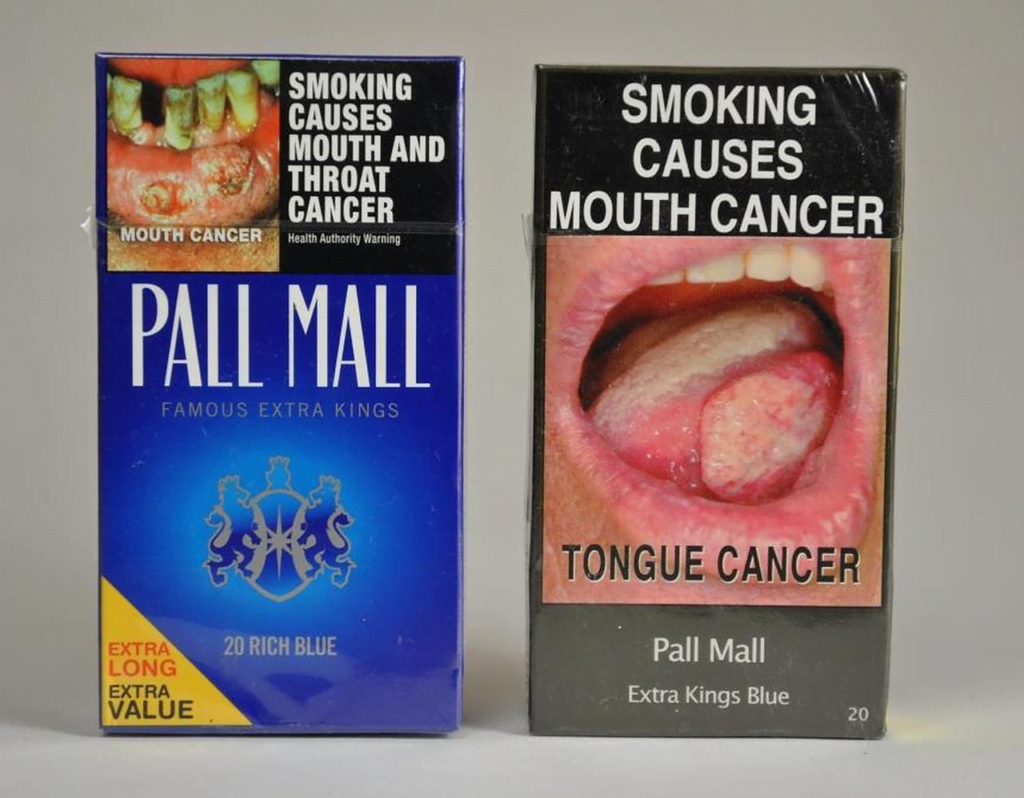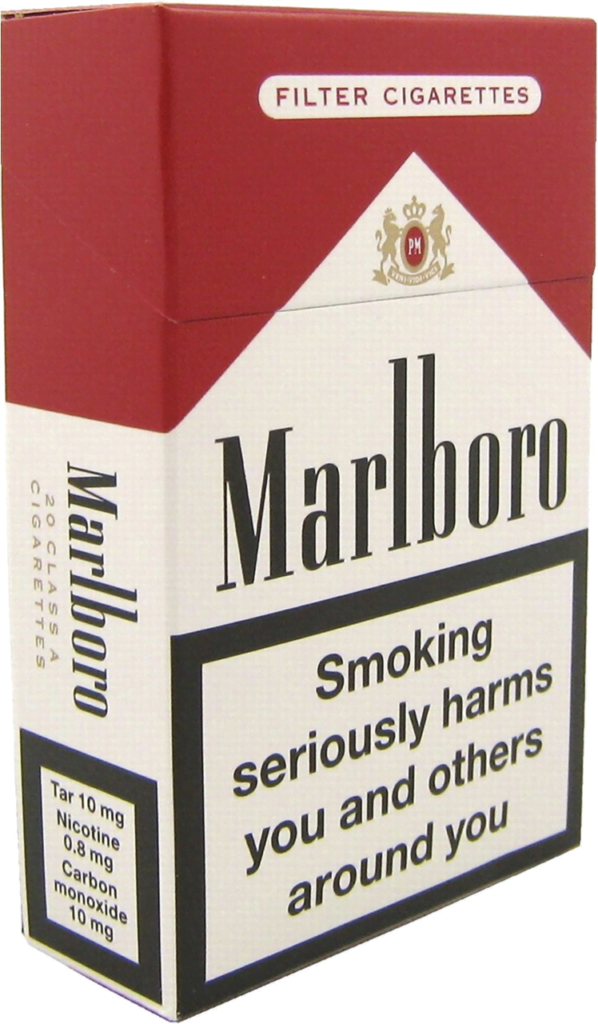In 1965, the Federal Cigarette Labelling and advertising act was created in the US instructing that cigarette packages include a caution that smoking may be harmful to one’s health. This was enacted after a series of studies published by the Surgeon General’s Advisory Committee showed that smoking could cause serious lung problems.

Over the years, many other laws have been created to regulate cigarette manufacturers, marketers and smokers. These laws aim to set standards on how the product should be used, packaged and marketed due to its harmful properties.
In this article, we will be looking at some of the global regulations guiding cigarette manufacturers in terms of their packaging. These are laws that these companies ought to follow in order to ensure that the public is adequately informed about the dangers of smoking.
6 Laws that guard cigarette packages
1. Plain packaging and health warnings on cigarette packages
In 1997, the World Health Organisation introduced a global treaty on tobacco control. This treaty aimed at preventing deaths and controlling tobacco-related diseases. It requires all governments to implement strong regulations on cigarettes and smoking. It also bans marketing activities especially for the youth, as most smokers start smoking at a young age, usually below 18 years.
One of the major ways that this treaty has been introduced is by banning elaborate colours and designs on cigarette packages to give the packaging a plain look. Health warnings on cigarette packages were also introduced. These warnings could be text or images depicting some of the harmful effects of smoking on human health. While either of the two could be used, a combination of images and text was found to have the most desired effect.
Elaborate colours and designs on cigarette packages were also prohibited.


2. No expiry date on cigarette packages
The law also prohibits cigarette manufacturers from including an expiry date on the cigarette package. According to WHO, the display of expiry dates on cigarette packages can mislead consumers into thinking that the product is harmless once consumed any time before the presented expiry date.
3. No carbon detail on a cigarette package.
The law bans cigarette manufacturers from displaying quantitative information about emission yields. This is because displaying such data may mislead the public into thinking that companies and brands with a lower carbon footprint are less harmful than those with a higher carbon footprint.
4. Legible font style, size and colour
The law requires that texts on tobacco packages including cigarettes should be very visible and easy to read. Some texts and font colours are easier to read than others. The size of the text also matters since smaller texts may be easier to ignore.
For this reason, countries are required to choose specific font text, size and colours. The chosen font size and colour must be visible enough to be read easily.


5. Percentage of the displayable area to be covered
The WHO Framework Convention on Tobacco Control agreed upon in 2003 ensured that about 50% and not less than 30% of the cigarette packaging should be the principal display area for warnings placed on the cigarette.
The principal display area includes the front and back of the package. The top and sides are not regarded as principal areas.
6. Deceitful terms on packaging banned


Deceitful terms on cigarette packaging were also prohibited. These are words that could portray that one cigarette brand or product is less harmful than another. Words such as “low tar”, “light”, “ultra-light”, or “mild” are prohibited for use on cigarette packages.
Information that describes flavours was also prohibited on cigarette packages. This was to limit the impression that such words might create in the minds of the public.
Despite the regulations created to reduce smoking, many people are still hooked on nicotine sticks. Perhaps, many find it hard to withdraw from nicotine addiction. All the same, there is a possibility that these regulations have effected a change, probably slow but visible.
What do you think? Should stricter laws be created? Are these regulations working? Send in your comments and let’s discuss. Also read “Has Plain Packaging Reduced Smoking?”, Let’s look at the numbers together and have a little debate.












